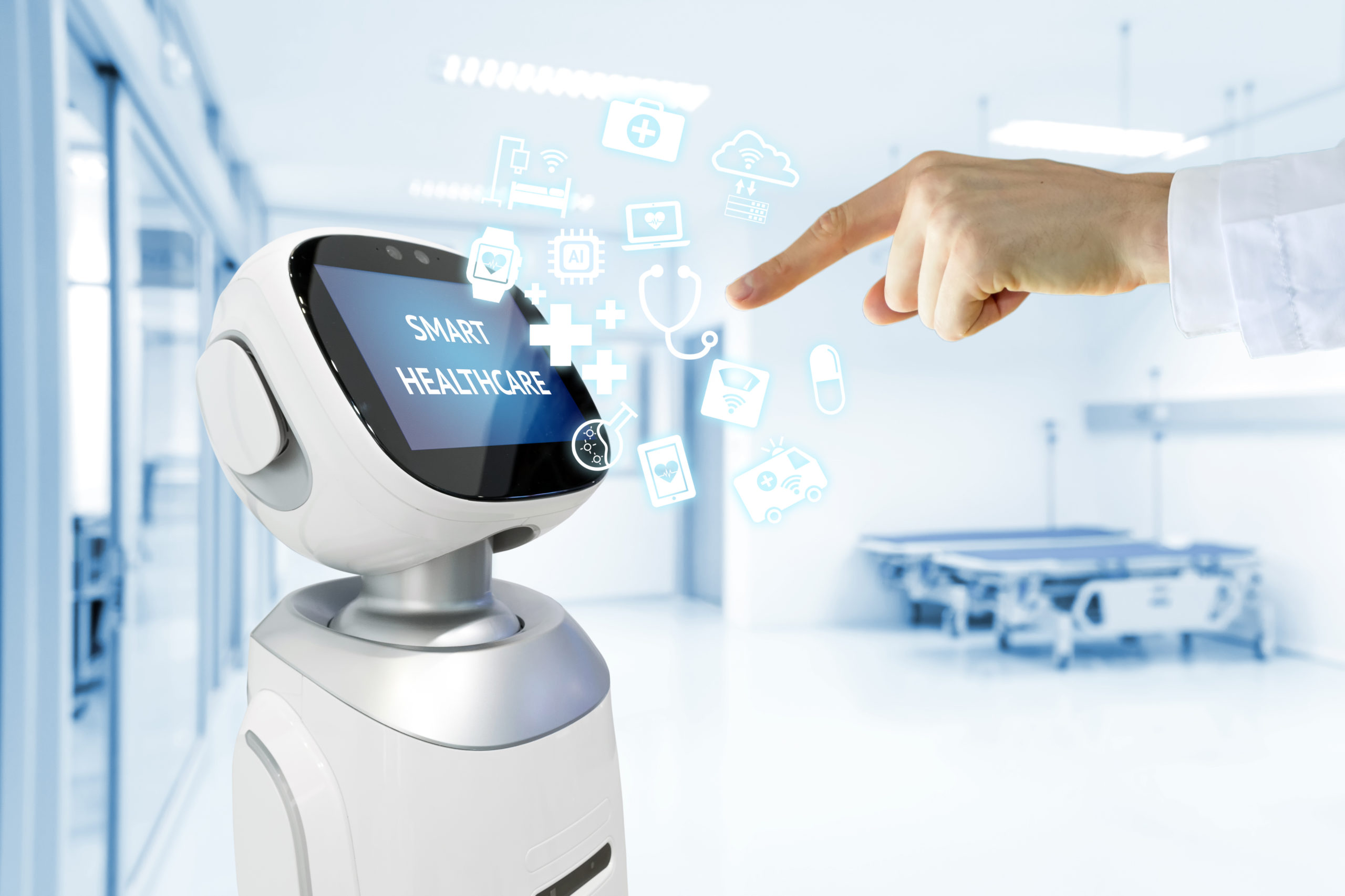
Mobile telepresence robots (MTRs) allow communication and mobility to interact from a distant location. In health care settings, these robots are used to enhance interactions between physicians, patients, and family members. MTRs can thus be effective in improving quality and efficiency in health care; however, the interactions that MTRs afford need to be studied to address issues related to their design, development, and implementation in line with the physical affordance space by looking not only at the features but also at the relationships they create. Therefore, this study aims to identify the types of interactions offered by two different types of MTRs in health care settings, the relevance of each interaction depending on the type of health care setting, and the perceived differences between the two MTRs. Empirical data were collected in Spain, in two hospitals, a nursing home and with professionals from private clinics. With a qualitative approach, the main data source were 25 semi-structured interviews with informants that used CLARC and GoBe tests in situ and video recorded as stimulus. Additionally, observations, two focus groups and archival data were collected. Findings show two types of interactions: displacement and simultaneity. Furthermore, perceived differences related to the appearance of the two MTRs result in different evoked feelings that are either appropriate or inappropriate depending on the type of patient. This study improves the understanding of how to design, develop, and implement MTRs in health care settings by expanding knowledge on the proper fit between type of interaction and setting.
Keywords: Mobile Telepresence Robots, Human-Robot Interaction, Health Care
Authors: Alejandra Rojas, Sladjana Nørskov
Presented during the 25th International Conference on Human-Computer Interaction 23-28 July 2023, Copenhagen (Denmark)

